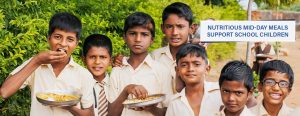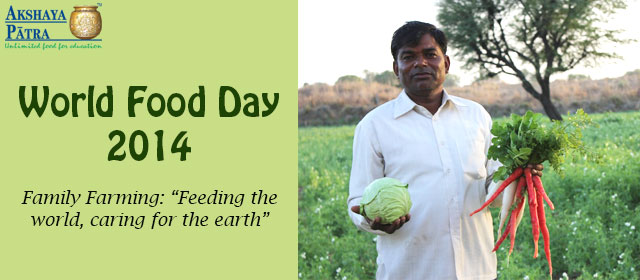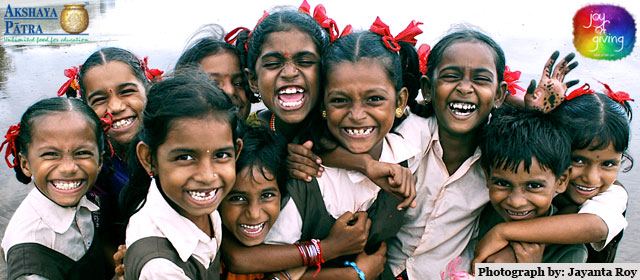According to the Food and Agriculture Organisation there are 805 million hungry people globally.
With statistics like these it’s clear that countries all over the world have concerns with food security. But for India it is a problem of enormous proportions. According to the World Bank the malnutrition rates of children in India exceed that of China by five times, and double that of Sub-Saharan Africa.
This is why occasions like World Food Day play a pivotal role in changing the course of things. World Food Day which falls on October 16 worldwide marks the day that the Food and Agriculture Organisation was founded by the United Nations in 1945. Celebrated in over 150 countries, World Food Day is aimed to help raise global awareness on the issues surrounding hunger and poverty.
For World Food Day 2014 the theme adopted is Family Farming: “Feeding the world, caring for the earth”. With 2014 also being designated the ‘International Year of Family Farming’ by the UN General Assembly, the theme for World Food Day 2014 works to highlight the importance of family farming and how it can help dramatically solve the global problem of food security.
98 per cent of the farms worldwide are family farms. This ranges from orchards, fruit and vegetable farms, fisheries, livestock ranches and more that are managed and maintained by families. However, despite this many farmers suffer from hunger themselves, as a result of poor policy, bad storage facilities and inadequate raw material. Helping to improve the conditions they work under will help improve their yield, and raise standards of living globally.
Though the connection between family farming and classroom hunger may not pop right out, a strong relationship exists between the two nevertheless. Every day, many children all over the world struggle to help their parents till arid soil, and plant poor crop while braving the elements, at the cost of their education. By acknowledging the important role farmers play in sustaining the economy, providing food and nutrition and preserving the environment, their standards of living can be improved dramatically.
On this occasion of World Food Day 2014, the world has taken a united step to give this occupation the respect it deserves, and support its role in helping to end global poverty and hunger.
Will you be a part of the movement? Drop us a message and let us know.

















